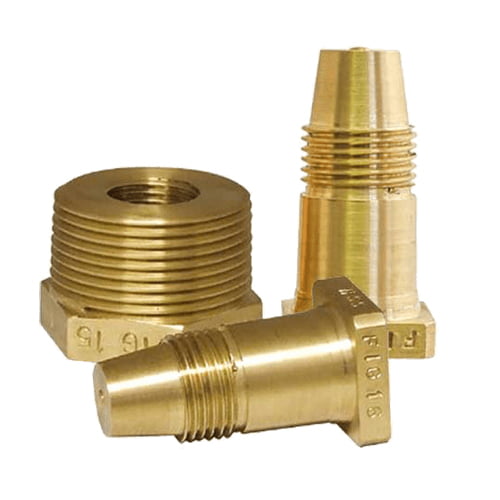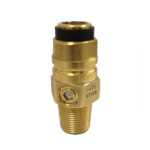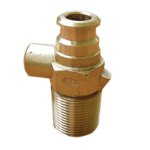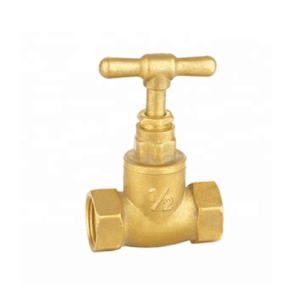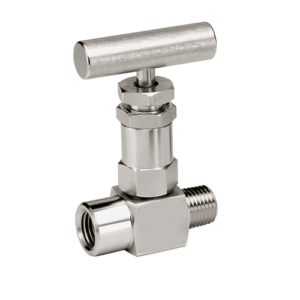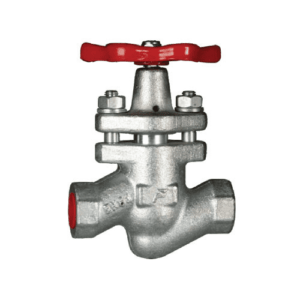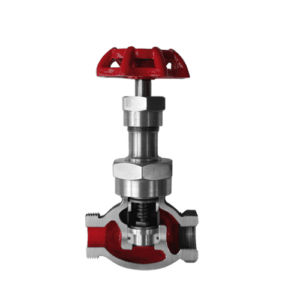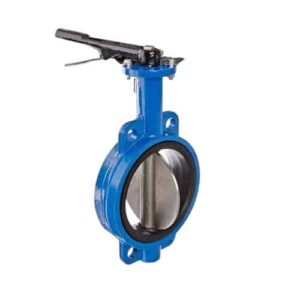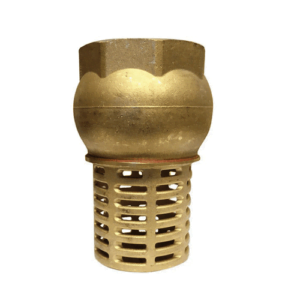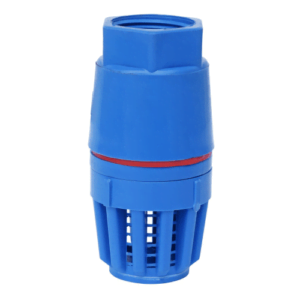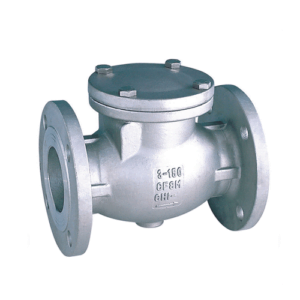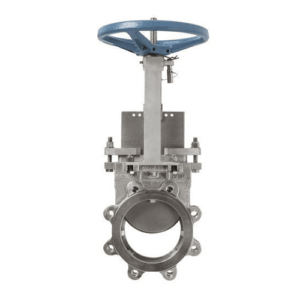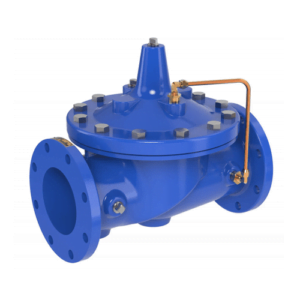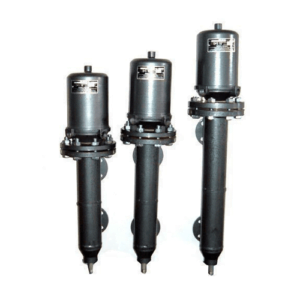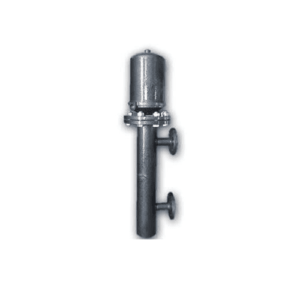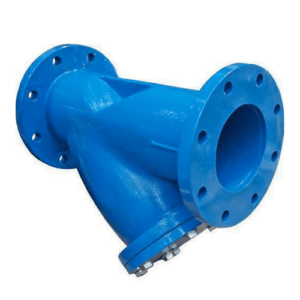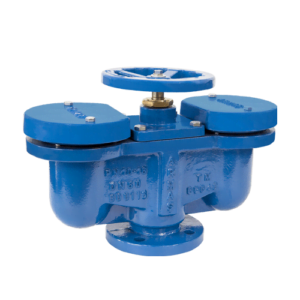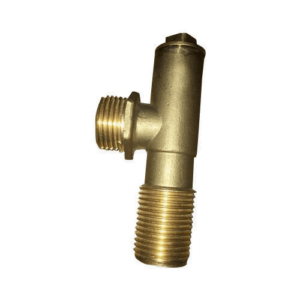High-Safety Fusible Plug for Boiler and Fluid System Protection
The Fusible Plug is considered the most vital safety tool and the last resort in the structure of a steam boiler or in a high-temperature environment. In reality, it acts as a vital preventive mechanism against boiler explosions in that it melts at a given temperature to open up, releasing steam, hence lowering the pressure. The job of this [Fusible Plug in Boiler Manufacturer] is to ensure that the Fusible Plugs have been engineered to ultra-precision in order that they go off at predetermined conditions, which is a critically important safety measure for boiler operations.
Material Specifications:
Our Fusible Plugs are made from high-grade metals that include bronze and brass, chosen not just for heat conductivity but also melting performance. The [Fusible Plug Material Manufacturer] uses only those alloys designed to melt at precise temperatures for reliable performance. The materials are also chosen for reasons of environmental sustainability and long life.
Technical Specifications:
- Typical melting points range from 94°C to 170°C
- Sizes available from 1/2 inch to 2 inches
- Compatible with steam boilers, fluid couplings, and high-temperature vessels
- Customizable options available through [Fluid Coupling Fusible Plug Manufacturer] for specific applications
- These specifications are critical to ensuring that the fusible plug performs its safety function effectively under operational conditions.
Standards and Compliance
They conform to international safety standards such as ASTM and ISO, which specify the standards of the quality and safety components in boilers. Fusible plugs undergo rigorous tests in extreme conditions to ensure that they are compliant with the standards and that they will work in the critical applications for safety. Certification details on compliance should be provided on request to confirm the dependability of the plugs, hence giving users confidence.
Usage Instructions
To ensure that your [Fusible Plug] operates effectively, follow these guidelines:
- On a regular basis, inspect the fusible plug for corrosion or damage that may cause a negative impact on the operation.
- Replace the fusible plug at recommended intervals per [Fusible Plug Manufacturers].
- Ensure that the installation is done by a qualified person in order to maintain the integrity of the function for this plug.
- Keep the appropriate space around the fusible plug to ensure that, in operation, it is free and discharges safely.
- For further details on maintenance, refer to the manufacturer’s specific guidelines for both maintenance and troubleshooting.
Applications
The [Fusible Plug] finds application in the following settings, where the risks are rated high, vary, or in which the temperature is critical:
- Steam Boilers: The [Fusible Plug in Boiler Maker] mainly uses these plugs in boilers to melt at certain temperatures and thereby release the extra steam, which helps in avoiding the accumulation of pressure, hence explosions.
- Fluid Couplings: In fluid couplings, such as the fusible plug safety device supplied by [Fluid Coupling Fusible Plug Manufacturer], the operation occurs by releasing hydraulic fluid to the atmosphere when the temperatures are too high, hence preventing mechanical failure and potential hazards.
- High-Temperature Processing Equipment: High-temperature process equipment will ensure safe operations without a system failure due to overheating that could result in either damage or catastrophe.
Features and Benefits
Features
- Safety Enhancement: Safety enhancement is very critical since it serves as a thermal fuse coming into operation at unusual temperature conditions.
- Material Precision: Manufactured by [Fusible Plug Material Manufacturer] with special alloys that melt at predetermined temperatures, which enables uniform and repeatable operation.
- Cost-Effective: Offers low-cost insurance for potential damage and loss due to an equipment failure, with competitive [Fusible Plug Price] points.
Benefits:
- Prevents Equipment Damage: This is in the protection of expensive machines and systems from damage caused by excess heat or pressure.
- Enhances System Reliability: Reliability is maintained due to the implementation of a fail-safe mechanism, and the life of equipment is prolonged.
- Compliance with Safety Standards: It meets stringent safety standards and allows facilities to meet regulatory requirements for safety in the workplace.
Related Products
To further enhance system safety and performance, consider integrating these related products:
- Pressure Relief Valves: Complement the action of fusible plugs by providing another layer of pressure safety.
- Temperature Sensors: Work hand in hand with fusible plugs to indicate the temperature within the system and give a warning in case of abnormal conditions.
- Safety Valves: They provide an increased level of safety by the mechanical release of pressure or fluids when the thresholds are exceeded.
Support and Warranty Information
Our [Fusible Plugs], are backed by strong after-sales service with comprehensive warranties and robust support services. We provide comprehensive installation guidelines, operational support, and troubleshooting services for complete assistance in ensuring your equipment functions over the entire lifespan safely and efficiently.


